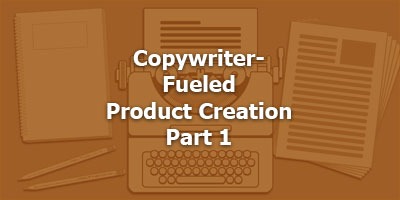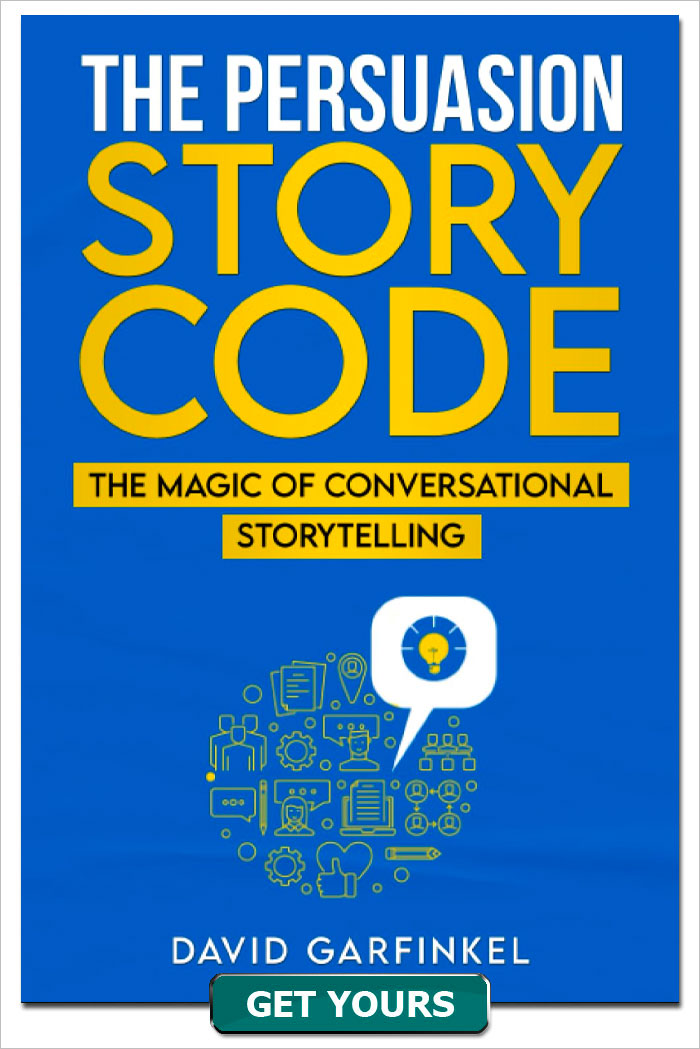Copywriter-Fueled Product Creation, Part 1
Published by: David Garfinkel on 09-07-2020
Tweet
I really got a lot out of interviewing my friend and former mentoring client Chris Haddad over the last two shows.
One of the things that struck me about what he said was: That he creates products exactly, or almost exactly, the way he writes sales letters and VSLs.
I’ve been doing that for so long myself that I had forgotten most people don’t know about this trick. And if they know about it, they don’t do it.
Then, last week, I did a consult for a client who wanted help planning a new product. I realized this would be the perfect opportunity to reverse-engineer what I did and share it with everyone who listens to the podcast.
This is information I’ve been using for years, but frankly it’s never occurred to me to share it before.
However, it just did occur to me, so let’s do it. If you are planning to create a new product, or fix one that isn’t very popular… then this will be valuable to you.
Now, a lot of people still try to create products using the “Field of Dreams” approach. I’m referring to the Hollywood movie about baseball, which has the memorable, but financially toxic, line in it: “Build it and they will come.”
Hey, even Hollywood, which lives in a magical world of its own, doesn’t entirely just build a movie and hope the audiences will come. They do test screenings of different versions of a movie to see which one audiences like better before they release a movie.
But we’re not Hollywood, and especially when you’re creating a product for a particular niche, rather than a mass movie-going audience, you have access to better information than Hollywood does when they try to come up with a new movie that’s familiar, yet different. And, if the stars align, something good enough so a lot of people are willing to pay to watch it.
I do consultations for people, usually on their sales copy after they’ve got the product done and when they’re just about ready to launch. I’ve been able to help people avoid problems and also crank up higher sales with these consultations. But I would be able to help them a lot more if they brought me in at the time they were conceptualizing the product.
Most people don’t do that, but one client did last week. In light of what Chris Haddad told us in one of his interviews, I took a lot of notes on my questions. I’m keeping my client’s particular answers confidential, as I always do. But I’ll fill in answers for one of my products, and I’m hoping Nathan will have some experiences with his own products, or his clients products, early on enough in the development cycle so we can show you how this works.
Now, when I did my consultation with my client, she found three missing things in the product she was planning. When she adds those things, I think her sales will later end up being a lot higher. There’s another thing to consider, though. If you can’t answer some of these questions in a way that directly shows what your product is, the way you have planned it, you may need to go back to the drawing board, or abandon the idea altogether.
Because… while it’s possible, it’s really hard to sell people something they don’t want.
In the show, we go over the Big Four Questions you really need to drill down on to get the product aligned with the prospect’s wants and needs, as well as values, mindset, and their current experience of life. This is part one of a two-part series. We’ll go over some additional important detailed questions in next week’s show.
Keywords: entrepreneur copywriting tips









